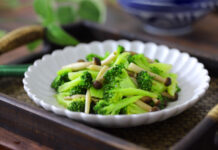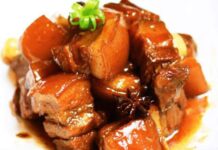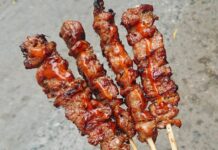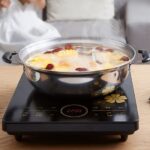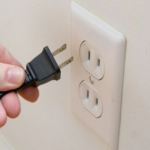Electric Stoves are now a common fixture in most Vietnamese households. They are convenient and safe, but improper use can lead to quick deterioration. Below are common mistakes when using electric stoves.
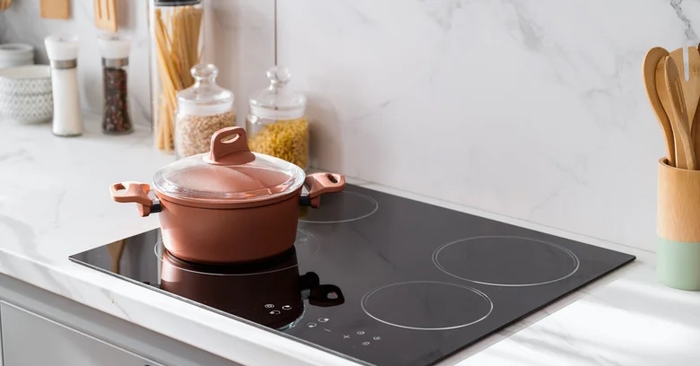
Many home cooks have learned the hard way that electric stoves differ significantly from gas stoves. They have unique characteristics, and without understanding these, you may face cooking challenges. Let’s explore common mistakes when using electric stoves and, more importantly, how to avoid them.
Table of Contents
Confusing Traditional Electric and Induction Stoves
The two most common types of electric stoves are traditional electric (with visible coils or a smooth ceramic surface) and induction. While both run on electricity, their operation and functionality differ significantly.
Traditional electric stoves heat coils or another heating element, which then heats the pan. You must wait for the surface to heat up, and it continues to emit heat even after turning off. This can make it feel less responsive if you’re used to gas cooking. It takes time to adjust to its operation for precise cooking.
Induction stoves work differently. They use an electromagnetic field to heat the cookware directly, not the surface. This means the stove remains cool to the touch while the pan heats up. This direct heat transfer is highly efficient, offering precise temperature control similar to gas cooking. Traditional electric stoves are more common due to affordability, but induction stoves are favored by seasoned chefs.
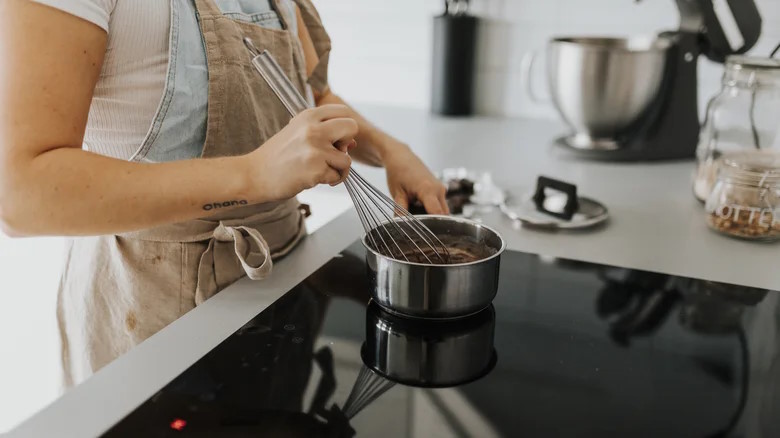
Using Incompatible or Incorrectly Sized Cookware
One of the most common kitchen mistakes is using incompatible or incorrectly sized cookware. Using a pot or pan that’s too large or small for the burner wastes energy and causes other issues. On induction stoves, incompatible cookware simply won’t work.
Using cookware smaller than the burner wastes energy, as the stove heats a larger area than the pan. Conversely, using a pan larger than the burner results in uneven cooking. The center heats faster, while the edges remain cooler. This often leads to food burning in the middle and remaining undercooked at the edges. Additionally, smaller burners typically have lower wattage, providing gentler heat. This is ideal for precise temperature control but less suitable for quickly boiling water, where a larger burner is better.
When using induction stoves, consider your cookware. Induction requires ferromagnetic cookware to work. Glass or aluminum pots won’t heat up. A quick test is to place a magnet on the bottom of the pot; if it sticks, it’s compatible. Cast iron and many stainless steel pots also work with induction.
Using Warped or Uneven Cooking Utensils
Using a warped or uneven pan on any electric stove will yield poor results. When the pan doesn’t fully contact the burner, heat transfer is significantly reduced. This causes hot and cold spots, leading to uneven cooking. Oil pools at the edges, causing food to fry in some areas and steam in others. On induction stoves, this issue is even more critical, as the electromagnetic field requires a flat, even surface for efficient heat transfer.
Warping often occurs over time, often due to placing a hot pan in cold water after cooking. The sudden temperature change shocks the metal, causing uneven expansion and contraction, which warps the pan. To prevent this, always let pans cool naturally.
Some pans have a slight concave design, resembling a small bump in the center. Some materials warp slightly when heated, and this design ensures the pan flattens completely when placed on the stove.
Improper Preheating or Unnecessary High Heat
You know ovens need preheating, but what about stoves? A common mistake with traditional electric stoves is improper preheating. Unlike gas and induction stoves, which provide instant heat, electric stoves have a significant delay. They need time to reach the desired temperature before adding ingredients. Adding food to a cold or warm stove results in soggy, unevenly browned dishes.
Most recipes require preheating the pan for a few minutes before adding oil or food, and this is even more critical for electric stoves. This initial wait ensures a stable, hot surface for searing, sautéing, or frying. Before preheating the pan, the stove may need 10 to 15 minutes to fully heat up. Turn on the stove while chopping onions or preparing other ingredients.
Conversely, leaving the stove on high heat unnecessarily is problematic. Electric stoves retain heat for a long time, and maintaining high heat can easily burn food or cause overflow, especially if you step away. Instead, learn to adjust the heat while cooking. Balancing temperatures can be challenging at first but will become second nature.
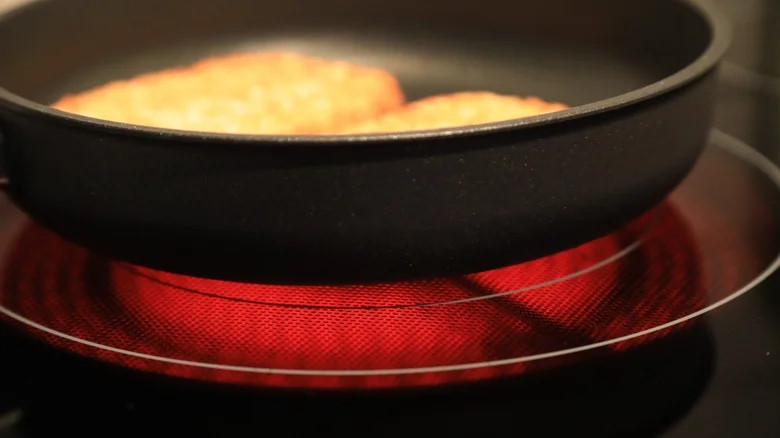
Misunderstanding Temperature Settings
One of the most frustrating aspects of traditional electric stoves is their lack of precision. Settings range from “low” to “high,” but these aren’t standardized. A “5” on one stove may differ significantly from a “5” on another. This leads to guesswork and ruined dishes. Setting the heat too high burns the outside before the inside cooks, while setting it too low results in prolonged cooking, wasted time, and unappealing texture.
Understanding what each heat level offers is crucial. Low heat is ideal for simmering delicate sauces or dishes requiring minimal heat. Medium heat suits most cooking tasks, like sautéing or frying, while high heat is best for boiling water or quickly searing, but it retains heat long after reducing, so be cautious.
For better control, use two burners. Set one to high heat for searing and browning, and the other to low heat for simmering or keeping food warm. This allows you to quickly move the pan between heat zones without waiting for the stove to cool or heat up. It’s a great way to mimic the rapid temperature changes of gas stoves and gives you much better control over your cooking.











